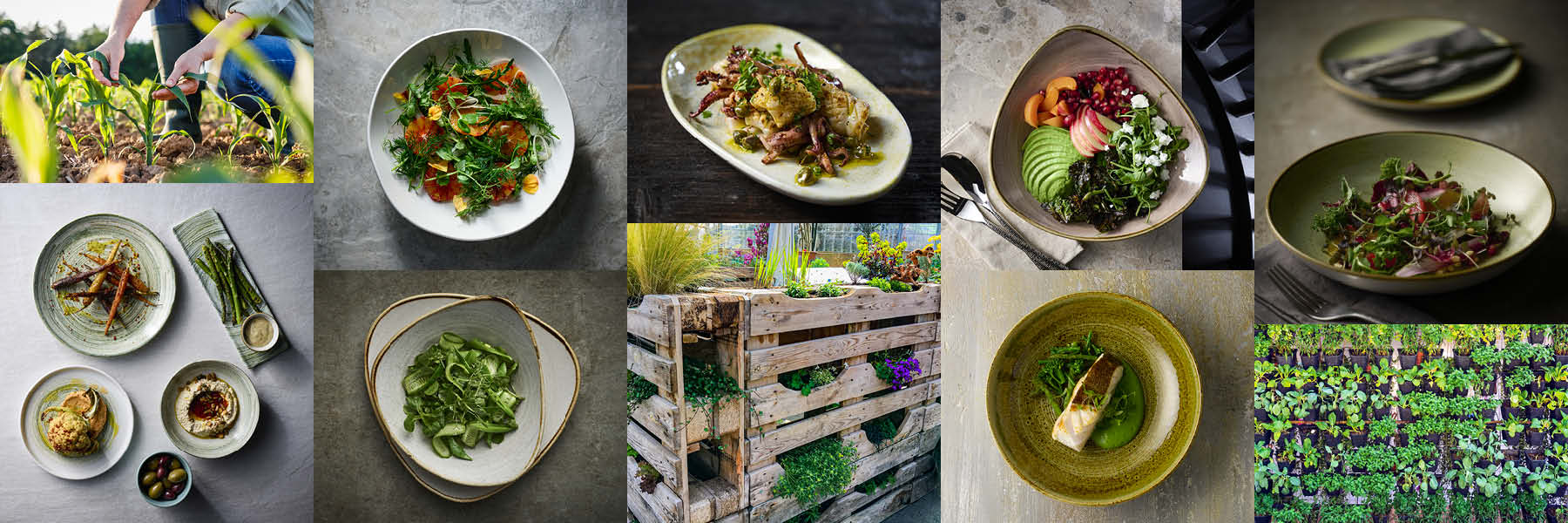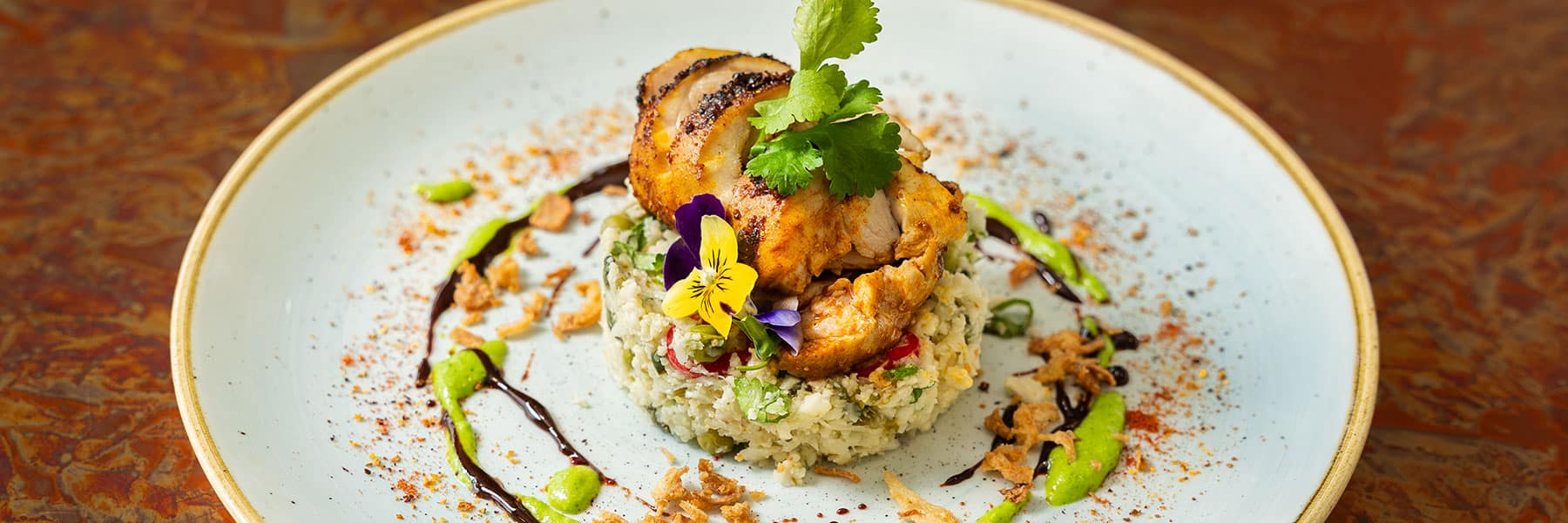Green Eating

WASTE REDUCTION
Restaurants are introducing circular economies, not only to help the environment but also to reduce costs, since around 10% of food purchased never gets seen by diners. Nose-to-Tail and Root-to-Stem cooking means that parts of produce that might have once been thrown away are now used, like vegetable peels into stock or bones into broth. Fermentation and preservation techniques are used to prolong shelf life while AI systems are being used to manage stock.

PROVENANCE OF FOOD
Diners are demanding more transparency about what they eat, and buying local, responsibly grown produce also adds value to a menu. The rise in restorative agriculture and urban farming means chefs can be more selective in sourcing their ingredients, meanwhile some restaurants are implementing their own in kitchen gardens or vertical farming systems.

FOOD INSIGHTS
Throughout 2024, we continued to monitor the new openings and innovation within the global hospitality industry as the world got back to normal. We’ve seen the continued resilience that fuels the evolution of the food and restaurant trends and we look forward to the continuous growth of the industry in 2025-2026.


















